Learn About Cyclamen Seed Propagation And Division
TEST: Cyclamen can be propagated by seed and also by division of their tubers. Click this article for more information about the two primary methods of propagating cyclamen plants: cyclamen seed propagation and cyclamen plant division.
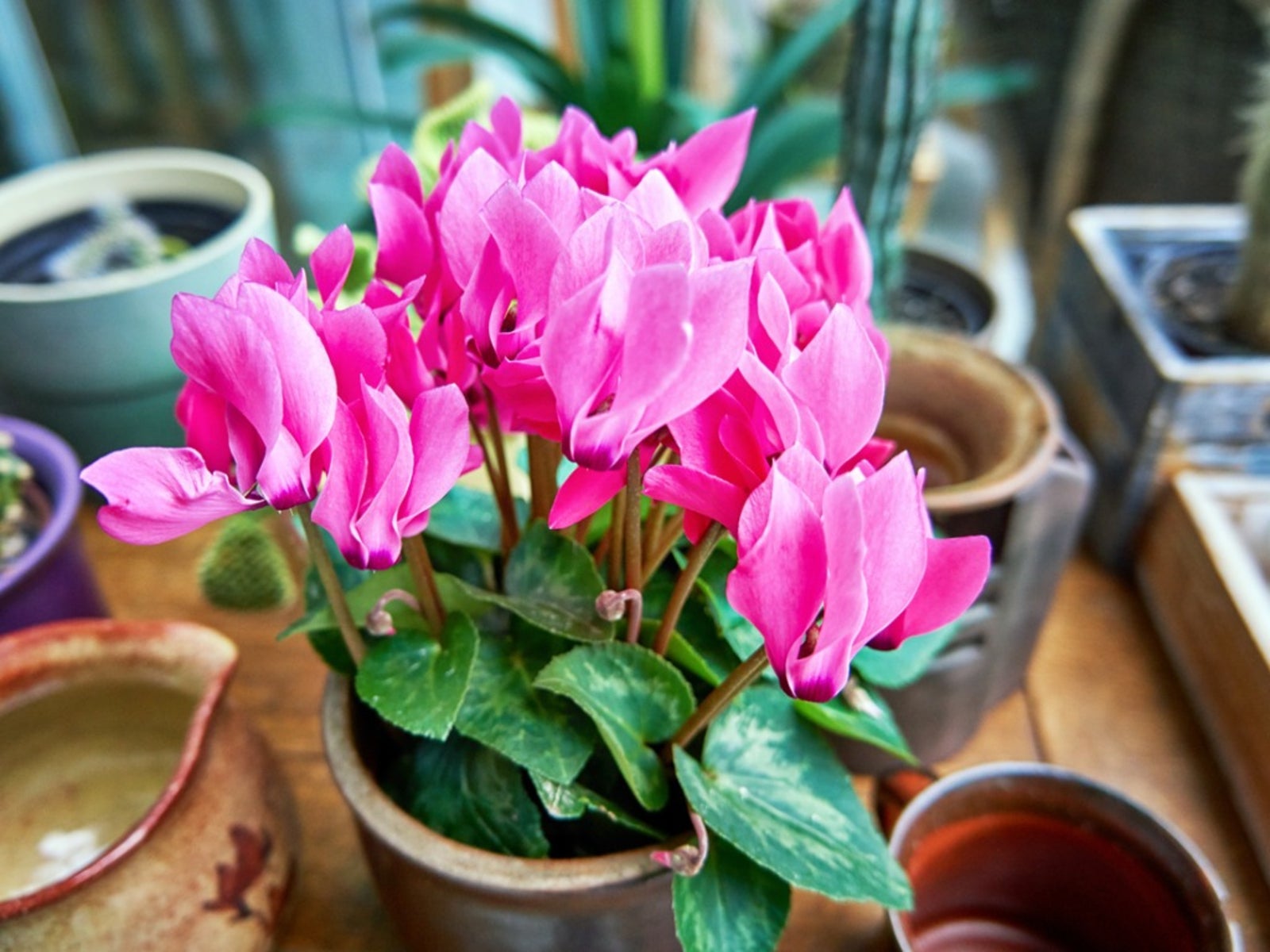

Cyclamen (Cyclamen spp.) grows from a tuber and offers bright flowers with inverted petals that make you think of hovering butterflies. These lovely plants can be propagated by seed and also by division of their tubers. However, both propagation methods can prove tricky in certain cyclamen species. Read on for more information about the two primary methods of propagating cyclamen plants: cyclamen seed propagation and cyclamen plant division.
How to Propagate Cyclamen
When you want to learn how to propagate cyclamen, remember that there are at least 20 different species of this plant. All are native to the Mediterranean region and require mild temperatures to thrive. Propagation methods that work well for one species may be problematic for another. Two of the most common species are hardy cyclamen and florist cyclamen. The former is easily propagated by cyclamen seed propagation or dividing cyclamen tubers. Florist cyclamen is more difficult, requiring more know-how and patience.
Cyclamen Seed Propagation
If you want to know how to propagate cyclamen, here is information about cyclamen seed propagation. Propagating cyclamen plants by seed involves soaking the seeds and putting them in the ground at the correct time. Generally, you should soak cyclamen seeds in water for up to 24 hours before you put them in the soil. If you want to plant the cyclamen seeds directly outside, do so in the spring. Wait until the soil warms up to 45 to 55 degrees Fahrenheit (7-12 C.). They will bloom the following spring. Alternatively, when you are propagating cyclamen plants by seed, you can start them in pots inside during the winter. This may produce blooms the first year. Cyclamen seed propagation can be slow for florist cyclamen, yet this is the only method used by professional growers. Go ahead and give it a try, but have a lot of patience. You aren’t likely to get mature, full-sized blooming plants before 15 months.
Propagating via Cyclamen Plant Division
Don’t try rooting clippings from the stems or leaves of cyclamen plants. When you are propagating cyclamen plants, you want to use the swollen underground root called the tuber. Cyclamens reproduce via this tuber. You can propagate the plant by lifting the tuber from the soil in the fall and dividing it. Replant the pieces under about 2 inches (5 cm.) of soil to encourage them to root before winter arrives. Adding a layer of mulch protects the tuber divisions from cold weather.
Gardening tips, videos, info and more delivered right to your inbox!
Sign up for the Gardening Know How newsletter today and receive a free copy of our e-book "How to Grow Delicious Tomatoes".

Teo Spengler is a master gardener and a docent at the San Francisco Botanical Garden, where she hosts public tours. She has studied horticulture and written about nature, trees, plants, and gardening for more than two decades. Her extended family includes some 30 houseplants and hundreds of outdoor plants, including 250 trees, which are her main passion. Spengler currently splits her life between San Francisco and the French Basque Country, though she was raised in Alaska, giving her experience of gardening in a range of climates.
-
 Looking For Plants To Give You The Soft And Fuzzies? Try These 5 Fuzzy Leaf Plant Options
Looking For Plants To Give You The Soft And Fuzzies? Try These 5 Fuzzy Leaf Plant OptionsLovers of texture, drama, silver foliage and tactile plants will adore these special sensory garden additions. These fuzzy leaf plant options will leave you all aglow
By Susan Albert
-
 Get Ready For A Summer Of Hummers! Grow These Full Sun Hummingbird Plants and Flowers
Get Ready For A Summer Of Hummers! Grow These Full Sun Hummingbird Plants and FlowersIf you’re lucky enough to enjoy a sunny backyard, make sure you are maxing out on your pollinator opportunities and grow these full sun hummingbird plants and flowers
By Tonya Barnett
-
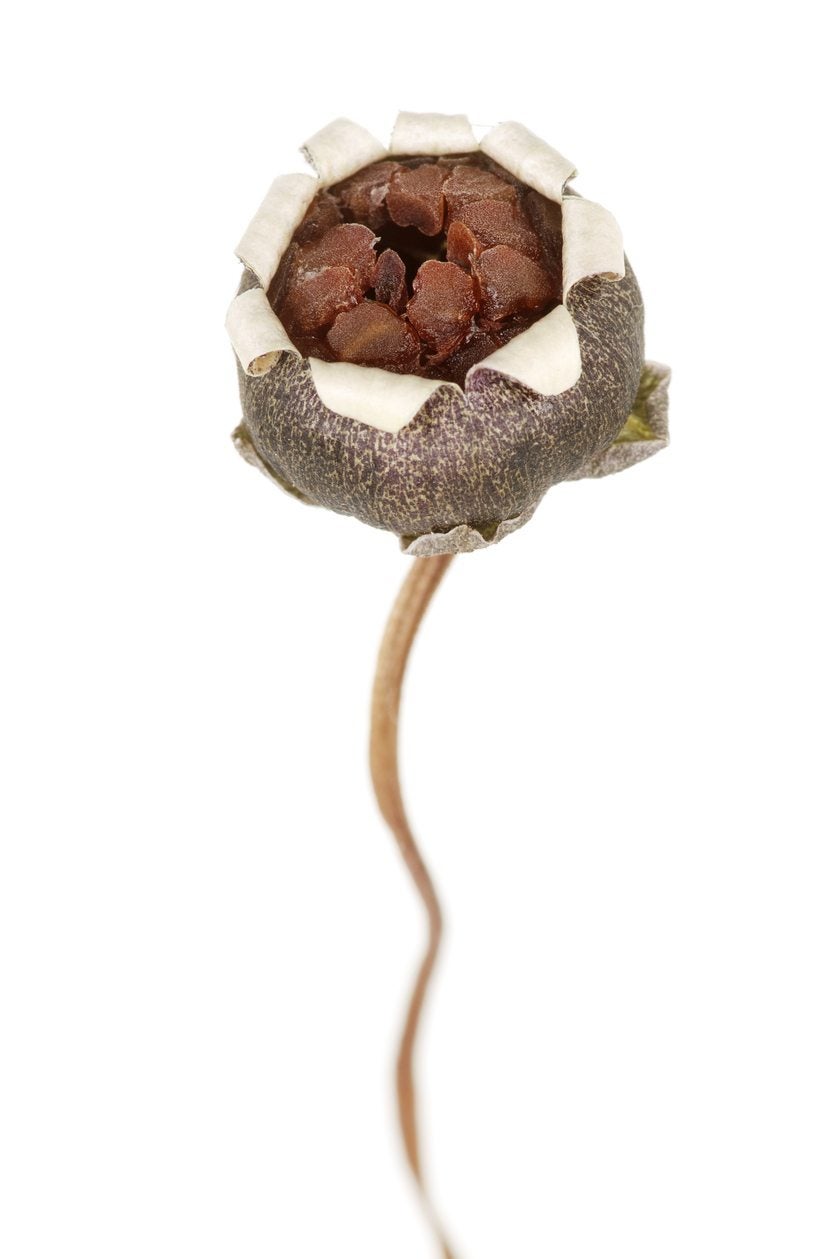 Cyclamen Seed Info: Can You Get Seeds From A Cyclamen
Cyclamen Seed Info: Can You Get Seeds From A CyclamenWhile cyclamen are tuberous plants and usually propagated by dividing, Mother Nature provides all plants with natural propagation methods. If you've ever wondered "do cyclamen plants produce seed," click here to learn about cyclamen plant seeds.
By Darcy Larum
-
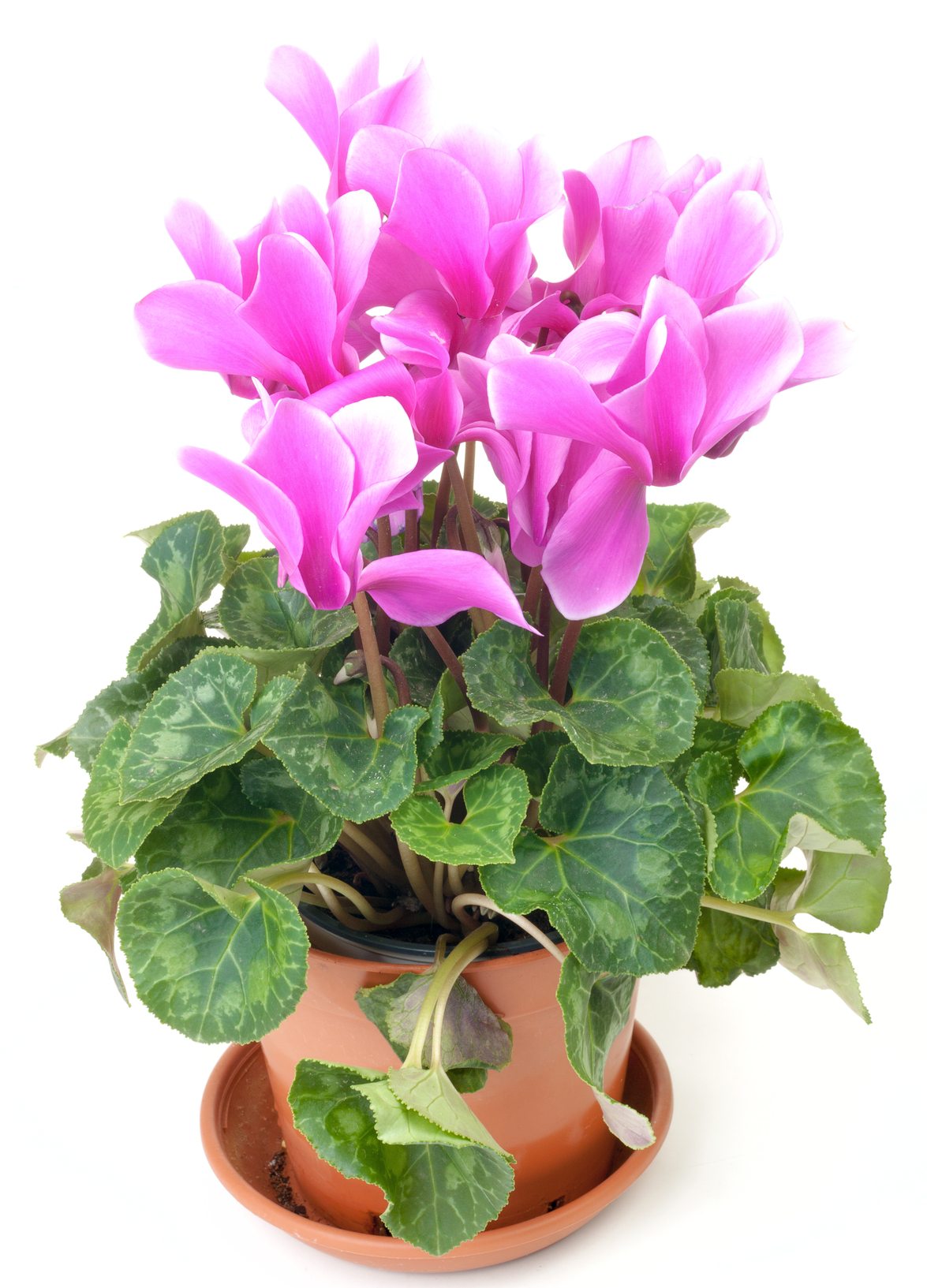 Cyclamen Care After Flowering: How To Treat Cyclamen After Blooming
Cyclamen Care After Flowering: How To Treat Cyclamen After BloomingFlorist's cyclamen is typically given as gifts to brighten up the indoor environment during late winter's gloom, but what about caring for cyclamen after flowering? If you've been wondering how to treat cyclamen after blooming, click here to learn more.
By Mary H. Dyer
-
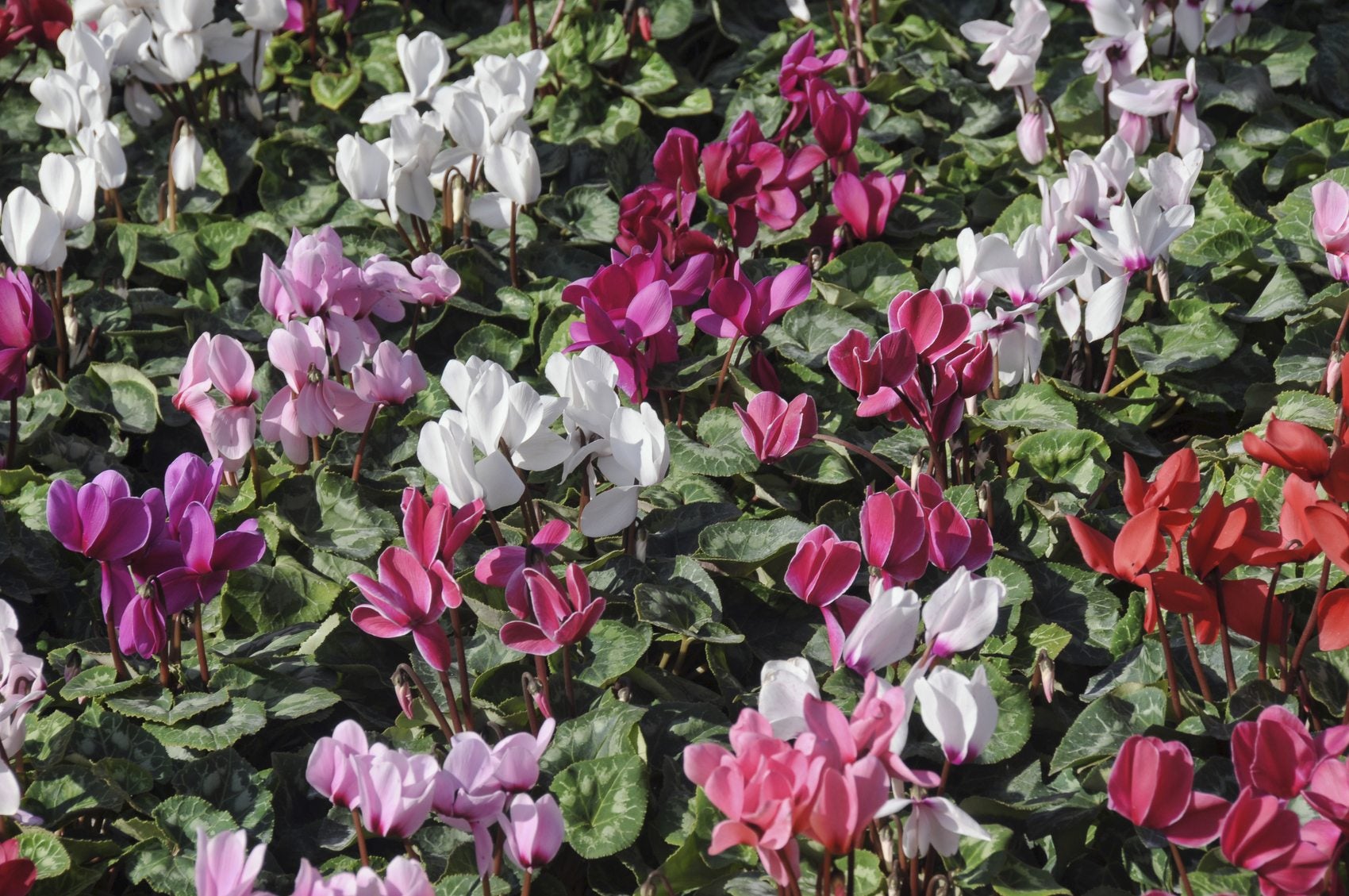 Different Cyclamen Plant Varieties – Learn About Types Of Cyclamen Plants
Different Cyclamen Plant Varieties – Learn About Types Of Cyclamen PlantsThe typical florist cyclamen is only one of many cyclamen plant types. In fact, there are more than 20 species within the genus. Click this article for a small sampling of cyclamen plant types and cyclamen varieties.
By Mary H. Dyer
-
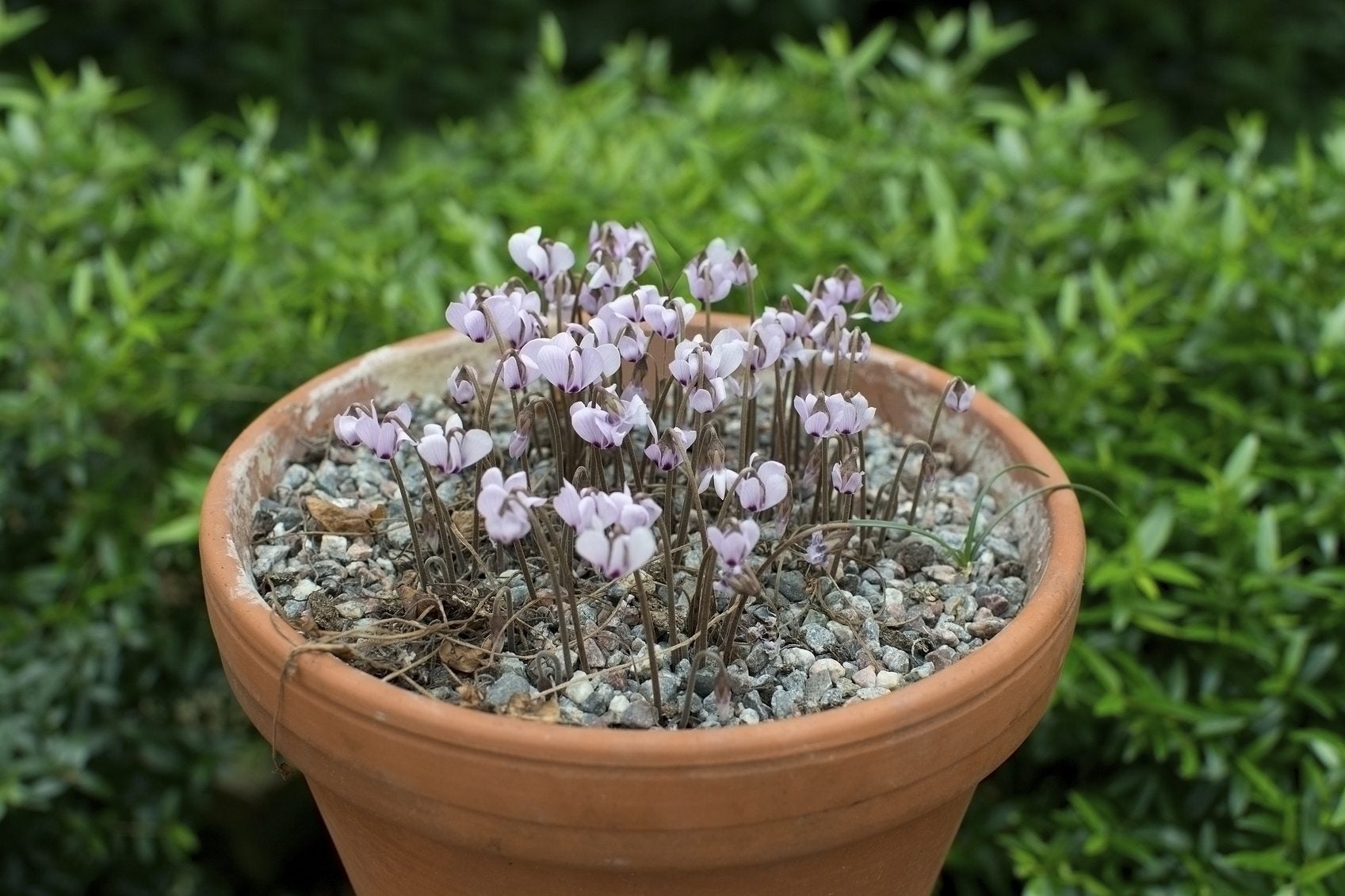 Container Grown Cyclamen: Outdoor Care Of Cyclamen In Pots
Container Grown Cyclamen: Outdoor Care Of Cyclamen In PotsCyclamen are low, flowering plants that produce bright, beautiful blooms in shades of red, pink, purple and white. While they do well in garden beds, plenty of gardeners choose to grow them in containers. Learn more in this article.
By Liz Baessler
-
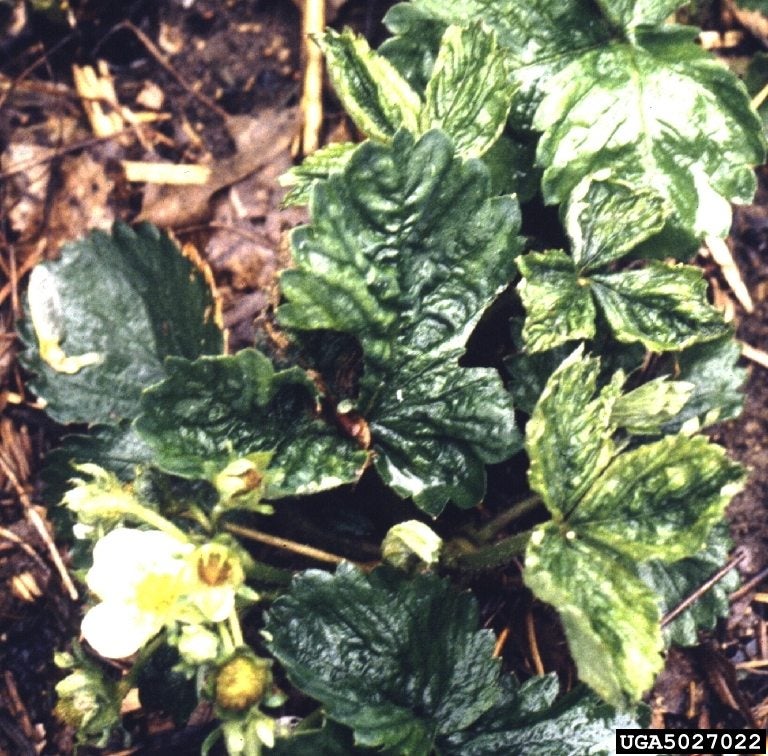 Yellowing Cyclamen Leaves: Solutions For Leaves Turning Yellow On Cyclamen
Yellowing Cyclamen Leaves: Solutions For Leaves Turning Yellow On CyclamenAre your cyclamen plant leaves turning yellow and dropping off? Are you wondering if there is any way to save your plant? Find out what to do about yellowing cyclamen leaves in this article. Click here to learn more.
By Jackie Carroll
-
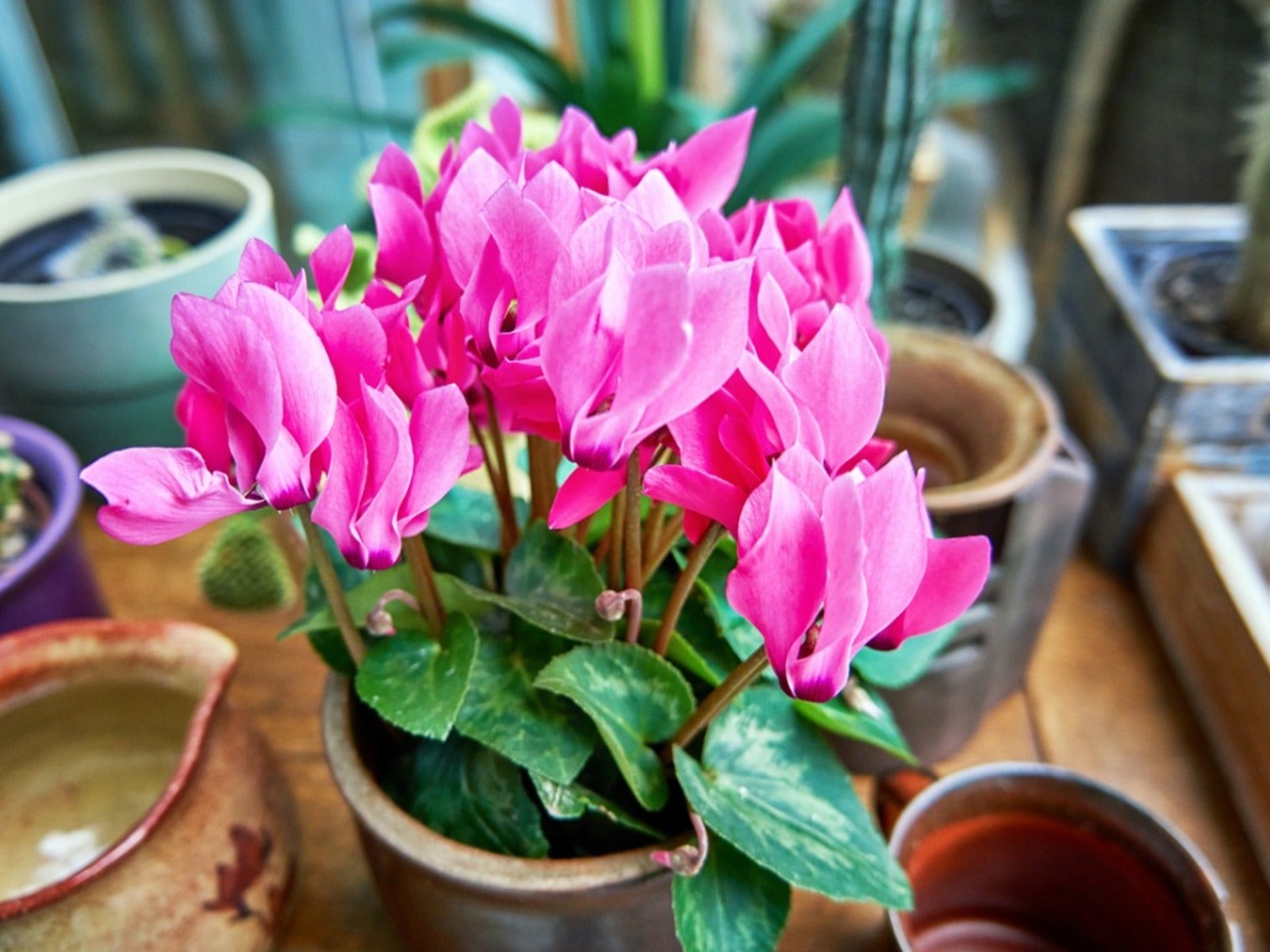 Repotting Cyclamen Plants: Tips On Repotting A Cyclamen Plant
Repotting Cyclamen Plants: Tips On Repotting A Cyclamen PlantMost plants need to be repotted sooner or later, and cyclamens are no exception. Click here to learn about cyclamen repotting methods.
By Liz Baessler
-
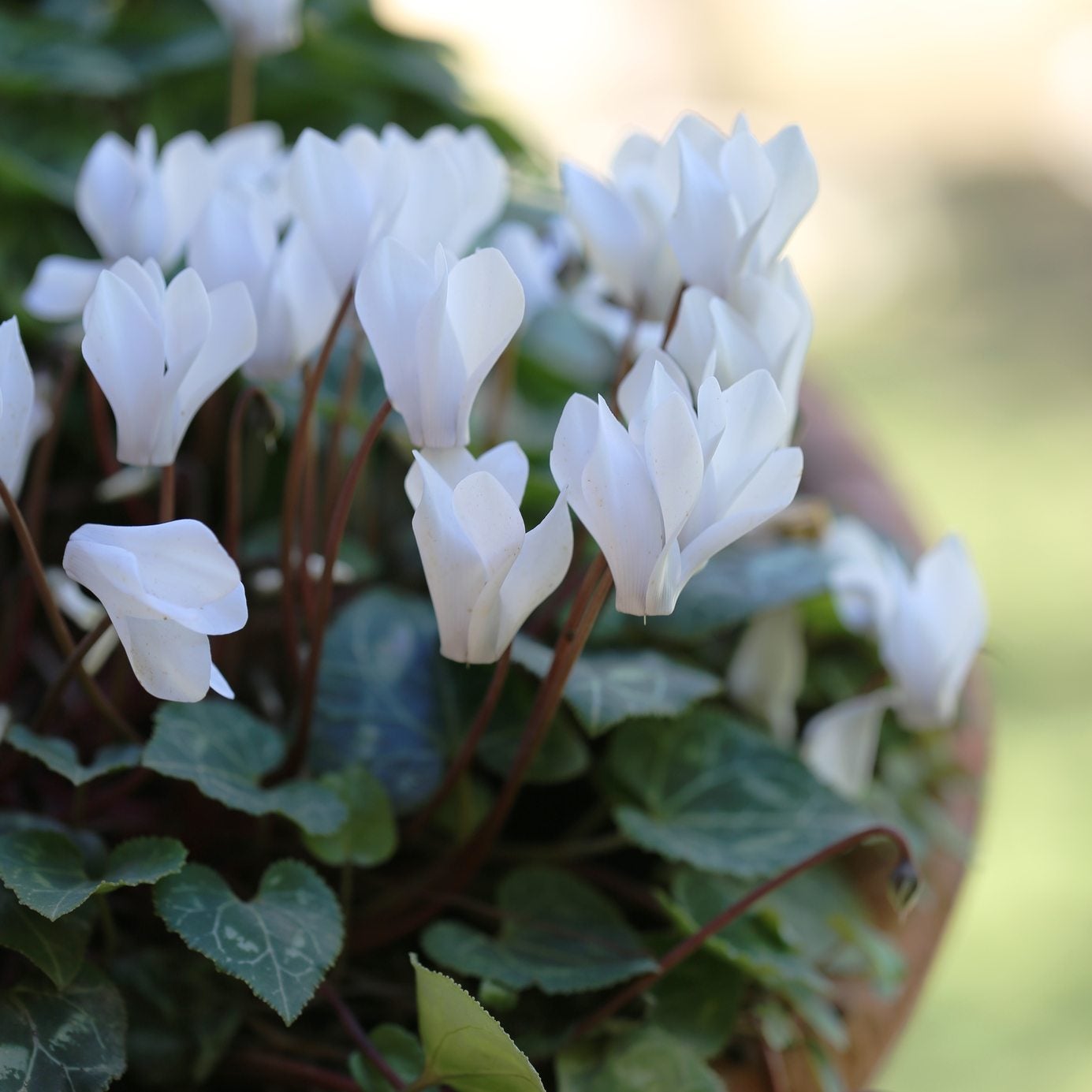 Cyclamen Plant Division: How To Divide Cyclamen Bulbs
Cyclamen Plant Division: How To Divide Cyclamen BulbsMany cyclamen plants become trash because people are unaware of how to properly care for them. Well cared for cyclamen plants can be grown for years and divided to create more. Learn about dividing cyclamen plants in this article.
By Darcy Larum
-
 Feeding Cyclamen Plants: When To Fertilize A Cyclamen Plant
Feeding Cyclamen Plants: When To Fertilize A Cyclamen PlantCyclamen are traditionally a Christmas time plant because their delicate orchid-like blooms are at their full glory in mid-winter. As the blooms start to fade, you may wonder how and when to fertilize a cyclamen. Click here to learn about feeding cyclamen plants.
By Darcy Larum